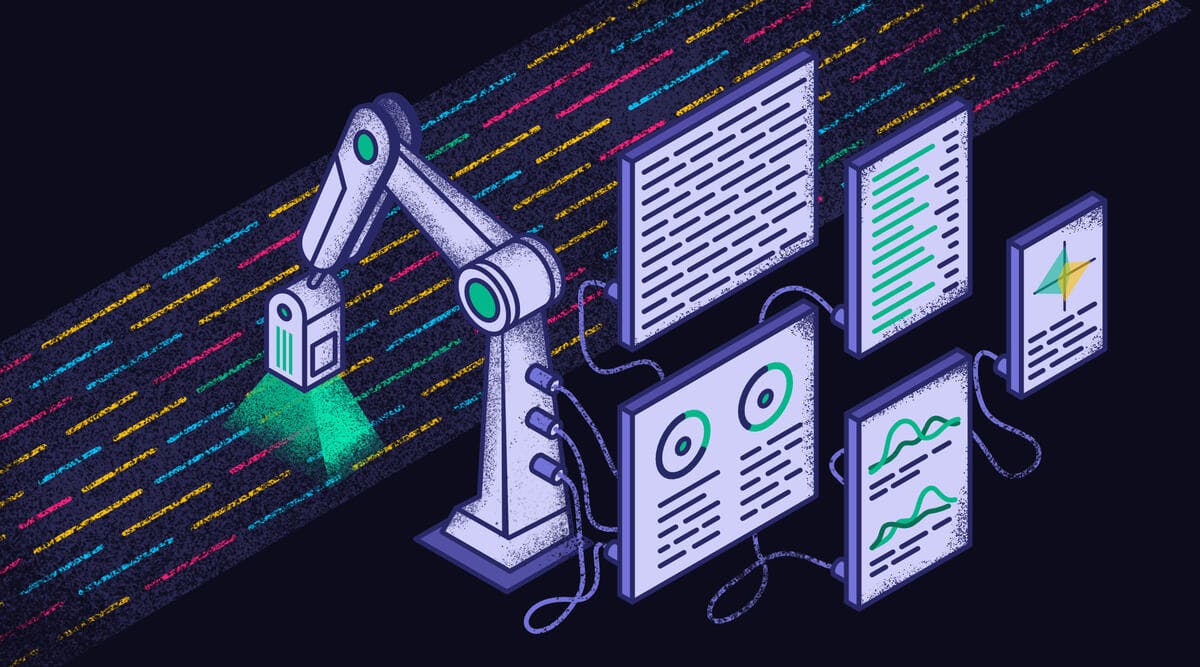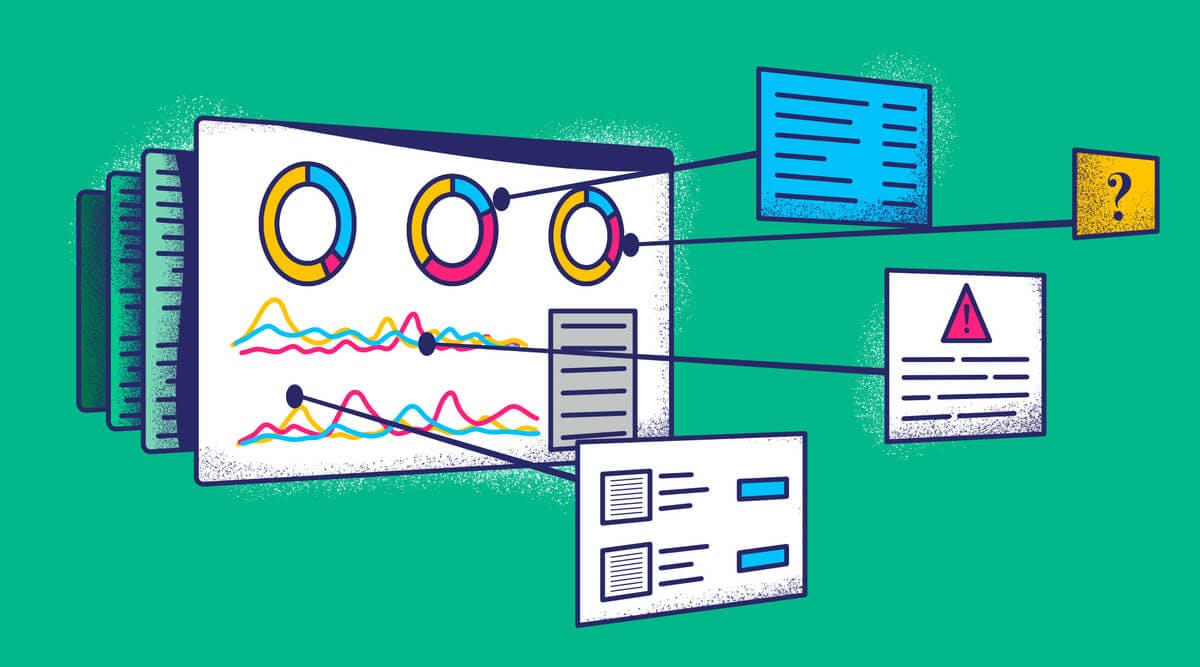📡 Why Observability is a Game-Changer
Tuesday, January 21, 2025

Have you ever been in a war room, scrambling to diagnose a system failure while customers are impacted? Observability is the key to ending this chaos.
Observability in DevOps – Seeing Beyond the Logs
📊 When production issues strike, how fast can you diagnose and fix them? Are you confidently navigating through logs and metrics, or stuck guessing what went wrong?
Observability isn’t just about collecting data—it’s about understanding your system in real time and predicting failures before they happen. It’s the difference between constantly firefighting and proactively ensuring system health.
____________________________________________________________________________________
Why Observability is a Game-Changer
✔ Proactive Issue Detection – Stop waiting for users to report issues. Catch anomalies before they escalate.
✔ Faster Debugging – Find the root cause of failures without hours of manual log hunting.
✔ Optimized Performance – Gain deep insights into latency, resource utilization, and bottlenecks to improve efficiency.
✔ Better User Experience – Reduce downtime, speed up response times, and keep customers happy.
💡 Pro Tip: Set up automated anomaly detection to flag unusual system behavior before it impacts users. Tools like Datadog, Prometheus, and New Relic help spot trends that humans might miss.

The Three Pillars of Observability (And Why They Matter)
🔹 Logs – The first place engineers look when things go wrong. But unstructured logs can be a nightmare. Structured logging with metadata helps track user sessions, correlate events, and diagnose issues faster.
💡 Pro Tip: Use log levels strategically (DEBUG, INFO, WARN, ERROR). Too many DEBUG logs in production will slow things down, while too few ERROR logs leave you blind to failures.
🔹 Metrics – Numbers tell a story. CPU spikes, request latencies, and error rates reveal system health in real time. Aggregating these metrics helps detect performance degradation before it affects users.
💡 Pro Tip: Set up SLI/SLO (Service Level Indicators/Objectives) to measure and enforce performance benchmarks. If response time crosses a threshold, trigger auto-scaling or alerts.
🔹 Traces – Ever wondered how a single request flows through your microservices? Distributed tracing provides an end-to-end view, helping teams pinpoint slow dependencies, optimize queries, and fix cascading failures.
💡 Pro Tip: Integrate OpenTelemetry into your services to standardize tracing across different environments. This makes debugging complex architectures much easier.
____________________________________________________________________________________
Where Teams Get Observability Wrong (And How to Fix It)
🚩 Too Many Logs, Not Enough Context – Logging everything without a strategy creates noise. Tagging logs with request IDs, timestamps, and user metadata makes debugging meaningfu
💡 Pro Tip: Use centralized log aggregation with Loki, ELK, or Fluentd. This ensures all logs are searchable in one place, rather than scattered across multiple servers.
🚩 Isolated Monitoring Tools – Many teams treat logs, metrics, and traces as separate entities. But true observability comes from correlating them—a slow database query might correlate with high latency in your application.
💡 Pro Tip: Use tools like Grafana or Datadog to combine logs, metrics, and traces into a single pane of glass. This makes debugging exponentially faster.
🚩 Alert Fatigue – If your team receives hundreds of alerts daily, they’ll start ignoring them. Focus on actionable alerts—use anomaly detection, intelligent thresholds, and deduplication to reduce noise.
💡 Pro Tip: Implement alert suppression and escalation policies—not every minor issue needs an alert, but critical failures should trigger immediate action.
Modern DevOps without observability is like flying blind. If you want a resilient system, observability isn't optional—it's essential.